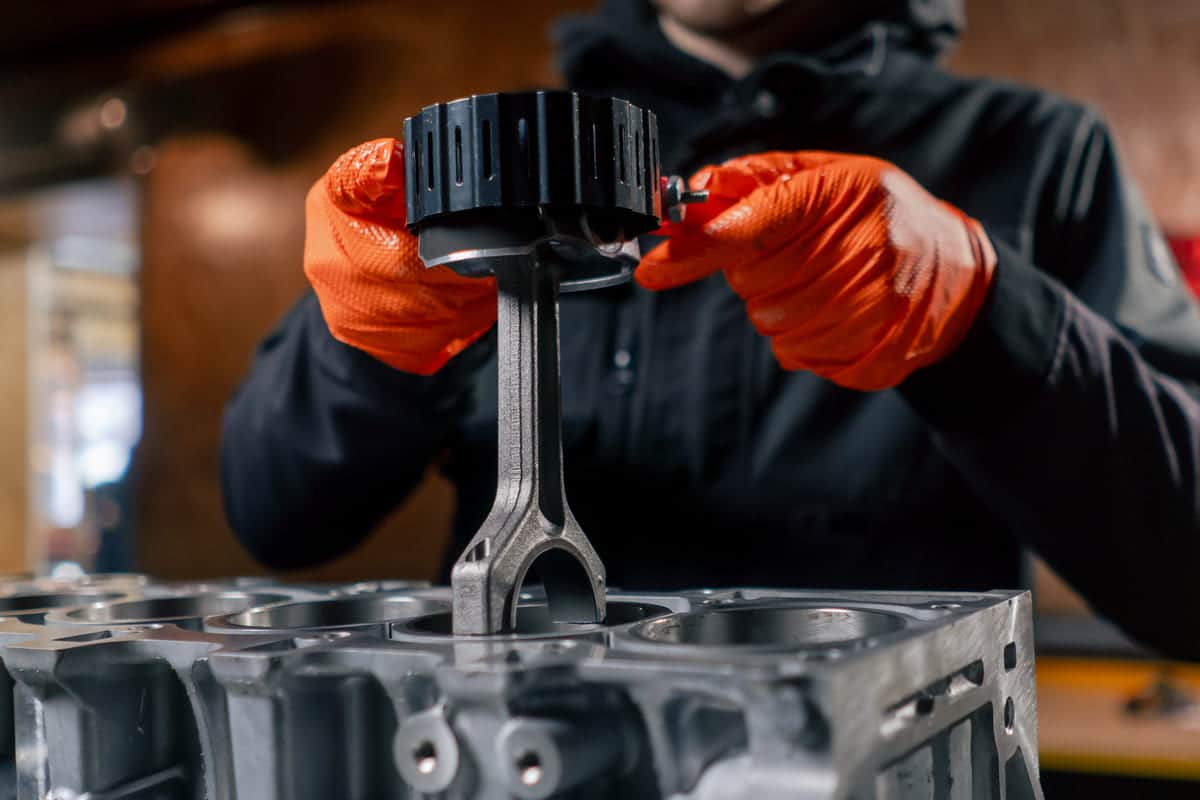Superchargers are key to engine efficiency and power. By compressing the intake air they allow more oxygen into the cylinders and that means a big power boost. This is used in motorsport and high performance vehicles for more speed and acceleration.
What is a Supercharger?
A supercharger is a device that makes engines produce more power. It blows more air into the engine’s cylinders. This makes the fuel burn better.
With a supercharger, cars can go faster and have more power. It’s good for racing and high-speed driving.
There are different types of superchargers. Some sit on top of the , others on the side.
Superchargers are made of metal and have moving parts like rotors or gears. They use the engine’s power to work so they’re good tools for boosting performance.
References
- Supercharger. Britannica. Retrieved from https://www.britannica.com/technology/supercharger
- Supercharger. Retrieved from
- Supercharger. Merriam-Webster. Retrieved from
Know the History of Supercharger
The history of supercharger is interesting and goes back to the late 19th century. The first supercharged engine was built in 1878 and German engineer Gottlieb Daimler got a patent for it in 1885.
During World War I supercharger became important in aircraft engines. They allowed planes to perform better at high altitude by blowing more air into the combustion chambers. This improved speed and efficiency in aerial combat.
In the 1920s manufacturers like Mercedes-Benz and Bentley started using superchargers in racing cars and won many times. Supercharged engines became the hallmark of high performance cars.
The 1930s saw more developments with the introduction of different supercharger designs like the Powerplus supercharger and the Shorrock supercharger. These designs made big improvements to car engine performance and were widely used.
Over the years superchargers have evolved and are still used in both automotive and aeronautical engineering. Today they’re still used in high-performance sports cars, trucks and airplanes to boost power and efficiency.
References
- Supercharger. Retrieved from
What are the Different Types of Superchargers?
Superchargers come in different types. Each type blows more air into the cylinders to make the engine produce more power. Here are the main types of superchargers:
- Roots Supercharger: The Roots supercharger is the oldest type. It uses two spinning rotors to blow air into the engine. This makes the engine produce more power at low speed. It’s often used in muscle cars and hot rods.
- Twin-Screw Supercharger: The twin-screw supercharger works like the Roots type but is more efficient. It uses two meshing screws to compress air. This design makes cars go faster especially at high speed. It’s common in sports cars.
- Centrifugal Supercharger: The centrifugal supercharger looks like a . It uses a spinning impeller to draw air in and compress it. This type is very efficient and provides big power boost at high engine speed. It’s often used in race cars and high performance vehicles.
Each type of supercharger has its own advantages. They all make the engine perform better and cars faster.
References
- Superchargers: Definition, Working, and Types. Retrieved from
How Does a Supercharger Work?
A supercharger makes the engine produce more power. It blows more air into the engine’s cylinders. This extra air makes the fuel burn better and the engine stronger. Here’s how a supercharger works step by step:
- Intake Air: The supercharger draws in air through an intake valve. This air is needed for combustion in the engine.
- Compression: Inside the supercharger, rotors or an impeller compresses the air. Compressing the air means squeezing it to make it denser. Denser air has more oxygen.
- Boosting Air Pressure: The compressed air then gets blown into the engine’s cylinders. This increases the air pressure inside the engine.
- Combustion: With more air and oxygen, the fuel in the cylinders burns better. This combustion releases more energy.
- More Power: The extra energy from better combustion makes the engine produce more power. This makes the car go faster and perform better.
References
- How Does a Supercharger Work?. Retrieved from
- How Superchargers Work. HowStuffWorks. Retrieved from
What is the Key Difference Between a Supercharger & Turbocharger?
Superchargers and turbochargers both blow more air into the cylinders to make the engine produce more power. But they work differently and have different features. Here are the main differences:
Power Source:
- Supercharger: Supercharger gets power directly from the engine. It’s connected to the engine with a belt or chain.
- Turbocharger: Turbocharger gets power from exhaust gases. It uses the engine’s waste gases to spin a turbine.
Installation:
- Supercharger: Superchargers are easier to install because they are directly attached to the engine.
- Turbocharger: Turbochargers are harder to install because they need to be connected to the .
Lag:
- Supercharger: Superchargers provide instant power boost. No lag because it runs directly off the engine.
- Turbocharger: Turbochargers sometimes have a delay called “turbo lag” because they wait for exhaust gases to build up.
Efficiency:
- Supercharger: Superchargers consume more fuel because it’s powered by the engine.
- Turbocharger: Turbochargers are more fuel efficient because it uses waste energy from exhaust gases.
Each has its own advantages and is used differently to make the engine more powerful.
References
- Turbocharger vs Supercharger. Retrieved from https://www.spinny.com/blog/index.php/turbocharger-vs-supercharger/


